Any activity in the field of politics is carried out by groups of people united by a common goal and the norms of behavior adopted by them. As a result of such actions, ideology, political views and beliefs receive a material form of existence, are embodied in life. These organizations are called political; they will be discussed in more detail in this article.
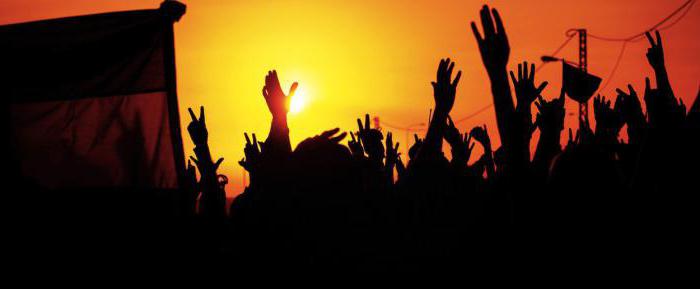
What is a political organization?
In simple words, political organizations are a kind of public associations whose purpose is the realization of political beliefs and interests, as well as relations with government bodies.
Among the features of such communities can be called internal sustainability, discipline and a clear hierarchy. They have a leader, a leader, as well as a number of people close to him. In addition to these people, such organizations have supporters and members, the number of which is quite stable and documented. They also have passive and active supporters. Active take a direct part in the life of the association, are in it. And also express their beliefs and views openly at events. Passive are ready to support the organization in the elections, but do not participate in its daily life.
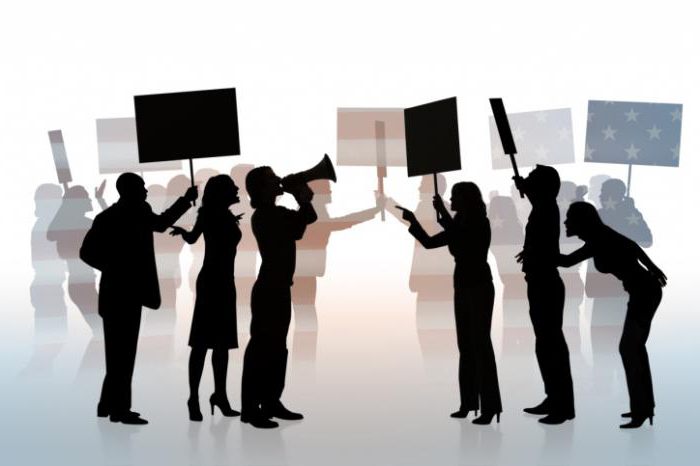
Types of Political Organizations
Political organizations can be classified in many ways. For example, if you separate them in relation to the state, then they are:
- State - directly the government itself, central authorities and local governments.
- Non-state - these include socio-political organizations, political parties, movements and other communities.
The next parameter for classification can be called a social attribute, according to which political associations are divided according to class composition or national composition.
But these are far from all the varieties into which such organizations can be subdivided. They can be distributed according to the degree of politicization: either completely political, such as parties, or communities of citizens with interests from other spheres of life. They can also be divided according to ideological grounds - communist, liberal, conservative, and many others. According to the degree of distribution, political organizations are international, domestic and domestic.
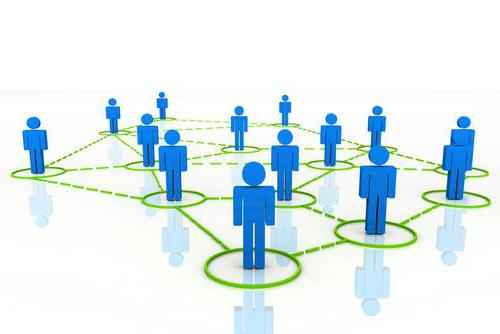
What is a socio-political organization?
In science, the concept of a political movement is defined as a community of citizens with the goal of influencing the adoption of changes relating to the social sphere, or, conversely, opposing them. Socio-political organizations fulfill specific goals and objectives that arise in the course of the exercise of power in the political sphere. Among their functions can be identified the establishment of social interactions, determining the order of what is desired and attainable for a particular group, possession of information about the ability to resolve conflict situations, without going beyond the organization.
Socio-political organization - what is it?
In any country with a democratic system, an integral part is socio-political organizations. They arise due to civil will and act as a force that exerts any influence on the authorities. Such communities differ from the social movement by the presence of a fixed membership.
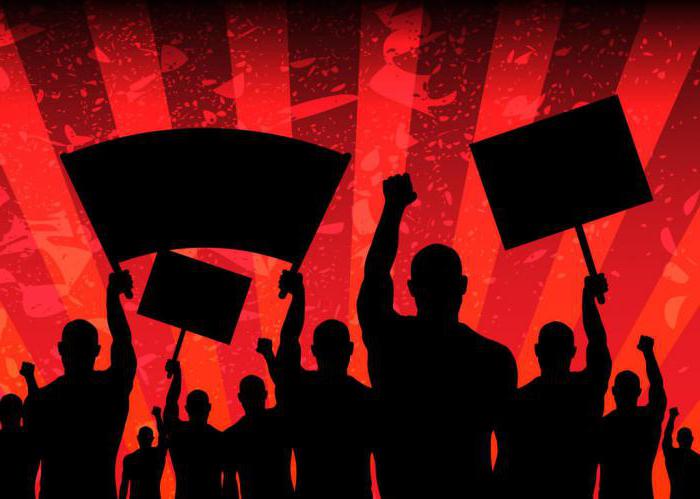
Komsomol as an example of political organization
A typical example of a standard political organization may be the Komsomol.Decryption - All-Union Leninist Communist Youth League. Created as an ally and assistant for the Communist Party, the Komsomol was precisely a socio-political organization that did not set itself the task of fighting for power. From the very first day of its existence, the Leninist Komsomol actively participated in the country's labor, economic, scientific, military and other activities and had a huge, most often positive impact on these areas of life.
The Komsomol, the decoding of the name of which includes the word "all-Union", shows how widespread this organization was. One can judge her role in the life of every Soviet young man.
It should be noted that the Komsomol as a youth organization has survived to this day, however, not on such a scale as before. The idea of a communist movement for young people was preserved and continued by the Communist Party. However, the name changed: at first it was SCM - the Union of Communist Youth, and since 2011 the movement is called the Komsomol - the word "Leninist" has been added. But also if in Soviet times the Komsomol was considered a reserve for the CPSU, and membership in it was mandatory, then similar modern political organizations are not mandatory and are unlikely to have any serious impact on the political life of the state. Rather, it is simply a tribute to the memory, preserving the traditions of past years.
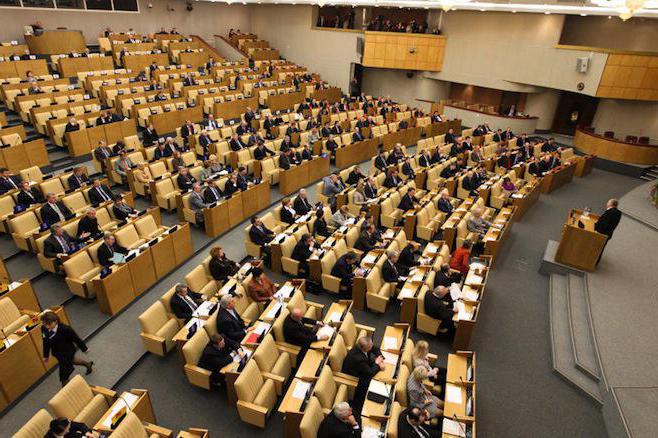
Political organizations in Russia
At the end of 2015, 77 parties were registered in Russia, and this is the largest number of officially registered political organizations in the history of the state. Almost the entire spectrum of ideological positions is presented: from extreme left to extreme right beliefs. Political organizations are both parties and social movements and organizations. Among all their diversity, one can find pro-government and opposition communities, and even extremist ones prohibited by law.
Political organizations of Russia are represented in government bodies by several parties, each of which has its own number of deputies. Their largest number belongs to the United Russia party, followed by the Communist Party, followed by the Just Russia party and the Liberal Democrats from the Liberal Democratic Party, who can be called conservatives rather than liberals.








